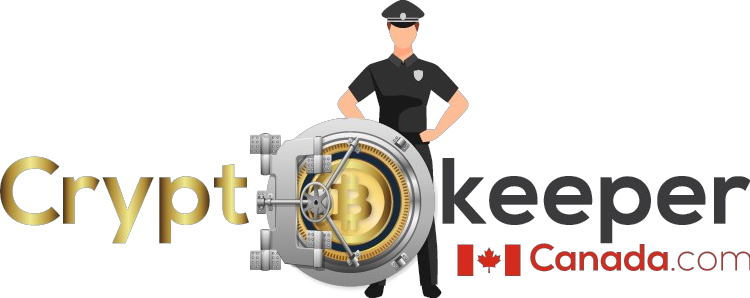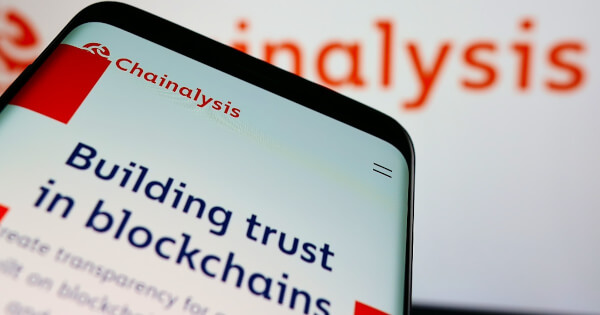Luisa Crawford
Oct 16, 2025 07:39
Europe’s crypto market experiences significant growth, driven by regulatory changes and increased adoption in Russia and the UK. The MiCA framework plays a crucial role.
Europe has solidified its position as a dominant force in the global cryptocurrency market, exhibiting remarkable growth and resilience from July 2023 to June 2025. The region’s transaction volumes reached a peak of $234 million in December, underscoring Europe’s status as a mature crypto market characterized by strong institutional presence and widespread retail adoption, according to Chainalysis.
European Crypto Market Dynamics
The European Economic Area (EEA), consisting of countries like Germany, France, and Italy, alongside Russia and the UK, has become a hub of crypto activity. Russia has emerged as the leading market, with $376.3 billion in crypto transactions, outpacing the UK, which recorded $273.2 billion. This shift highlights a narrowing gap between traditionally dominant and smaller markets such as Germany, Ukraine, and France, which are now achieving comparable levels of crypto activity.
Network Effects and Regional Growth
Europe’s crypto market growth is characterized by strong network effects. Larger markets like Germany and Russia are not plateauing but continuing to expand, benefiting from enhanced liquidity and institutional participation. Germany’s 54% growth reflects its emergence as a preferred destination for crypto-native firms, while Ukraine and Poland also show significant growth due to grassroots adoption and remittance flows.
MiCA’s Impact on the European Landscape
The introduction of the Markets in Crypto-Assets (MiCA) framework has transformed Europe’s regulatory environment. MiCA aims to harmonize rules across the EEA, promoting market integrity and financial stability. Despite some jurisdictions allowing transitional periods until 2026, MiCA has spurred broader digital asset engagement, with traditional financial institutions exploring crypto services.
The Rise of EUR Local Stablecoins
MiCA’s impact is evident in the stablecoin market, with the European Securities and Markets Authority (ESMA) listing 15 e-money token issuers managing 25 stablecoins. Circle’s EURC has seen a 2,727% growth, far outpacing USDC’s 86%, indicating a shift towards regulatory-aligned, local stablecoins. This transformation reflects the complex interplay of regulation and market dynamics.
DeFi and the UK Market Evolution
Decentralized finance (DeFi) continues to evolve in Europe, with increased activity in areas like staking and lending. The UK, while ceding its top position to Russia, shows a robust market with a 32% growth. The UK market is shifting towards DeFi platforms, influenced by regulatory measures affecting centralized exchanges, while institutional players continue to favor centralized venues.
Russia’s Crypto Expansion
Russia’s crypto market has seen significant growth, with institutional-scale transfers and DeFi adoption driving this expansion. Large transfers and DeFi activity have surged, reflecting a growing adoption of crypto for financial services. The A7A5 ruble stablecoin exemplifies this trend, facilitating cross-border payments.
Overall, Europe’s crypto market is in a state of sophisticated transition, shaped by regulatory frameworks, institutional engagement, and growing DeFi adoption. The interplay of regulation, innovation, and market forces continues to redefine Europe’s role in the global crypto ecosystem.
Image source: Shutterstock

